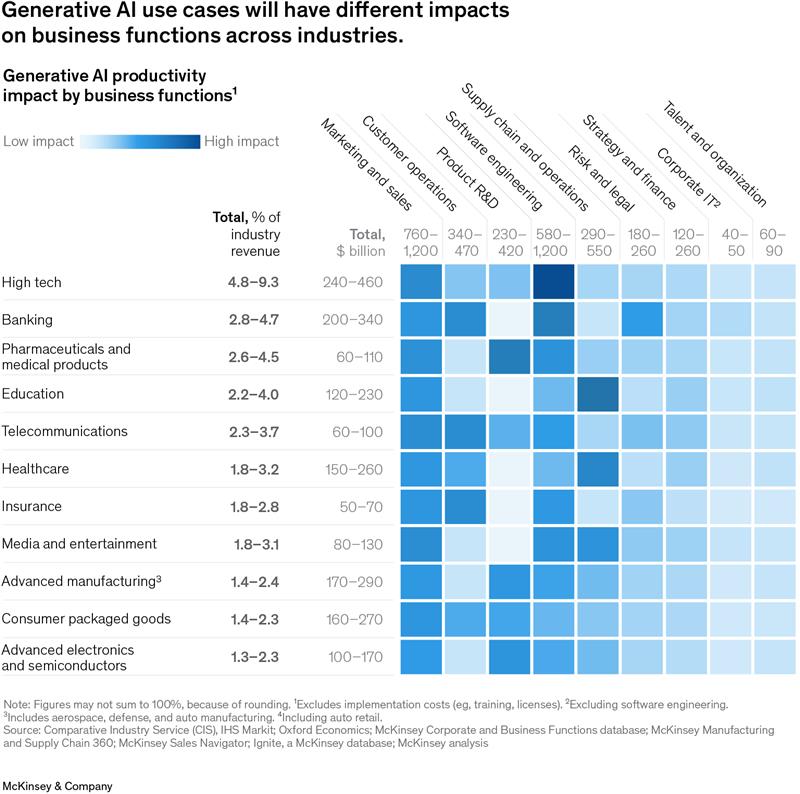In today’s digital landscape, data is the new gold, and the cybercriminals in the dark web exploit any vulnerability. The rise of cloud storage has brought incredible convenience and scalability, but it also presents a new battleground for these “bad guys.”
Hackers are on the lookout for weak spots in cloud defenses, seeking to steal personal, financial, and sensitive business data. So, it’s crucial to implement solid security measures and shield your cloud-stored information like a well-guarded treasure.
Here are the 10 ways to protect your data:
Choose a Secure Cloud Provider
The first step in protecting your data is selecting a provider with a proven track record. Look for those with certifications like ISO27001 or SOC 2, which demonstrate robust security protocols. Additionally, be mindful of data residency—choose a provider that stores data in regions with strong data protection laws, ensuring compliance and reducing legal risk.
Use Strong Passwords
Password strength is one of the simplest yet most overlooked security measures. Ensure you’re using long, complex passwords that combine uppercase and lowercase letters, numbers, and special characters. Avoid common phrases or easily guessable information. Also, change your passwords periodically and never reuse them across multiple services.
Enable Multi-Factor Authentication (MFA)
Passwords alone aren’t enough. Multi-factor authentication (MFA) adds an extra layer of protection by requiring a second form of verification, such as a text message or authentication app, to access your account. Even if a hacker obtains your password, MFA can block unauthorized access by demanding a secondary proof of identity.
Encrypt Your Data
Encryption is the process of converting your data into a scrambled format, making it unreadable to unauthorized users. When using cloud storage, ensure that both client-side (on your device) and server-side (on the provider’s server) encryption are in place. This ensures that even if your data is intercepted, it remains secure. It’s also crucial to maintain control over your encryption keys for added protection.
Implement Role-Based Access Controls (RBAC)
Not everyone who accesses your cloud storage should have the same level of permissions. Implementing role-based access controls ensures that users only have the minimum permissions necessary for their tasks. For example, some may only need to view data, while others require editing capabilities. Regularly review these permissions to prevent unauthorized access.
Backup Your Data Regularly
Cloud storage isn’t foolproof, and relying solely on one platform can be risky. Always back up your critical data and store it in multiple locations, including both cloud-based and physical backups. Regularly test your backups to ensure they work and can be restored in the event of an emergency, such as a breach or accidental deletion.
Stay Educated and Informed
Human error remains one of the biggest risks to cloud security. Regularly educate yourself and your team on the latest security best practices. From recognizing phishing attempts to understanding secure cloud usage, knowledge is a powerful defense against both intentional and accidental data breaches.
Monitor for Unusual Activity
Cloud providers typically offer access logs, allowing you to monitor activity within your account. Regularly review these logs for any suspicious behavior, such as logins from unfamiliar locations or excessive data downloads. Early detection of unusual activity can help you respond quickly and mitigate potential damage.
Develop an Incident Response Plan
No matter how secure your setup, breaches can happen. Having a well-documented incident response plan ensures you’re prepared to act quickly in the event of a security breach. Your plan should outline how to contain the breach, recover lost data, and minimize damage. Practice this plan regularly so that everyone knows their role in an emergency.
Keep Your Software Up to Date
Both your cloud provider and your devices should always be running the latest software. These updates often contain security patches that fix vulnerabilities hackers could exploit. Set up automatic updates where possible to ensure you’re protected against the newest threats without needing to manually intervene.
Conclusion:
In an increasingly connected world, protecting your data in the cloud is more essential than ever. With cybercriminals constantly evolving their tactics, it’s critical to stay ahead by implementing strong security practices. Remember, cloud security is not a one-time task but an ongoing process that requires vigilance, regular updates, and constant awareness of emerging threats.
Stay proactive, and keep your data safe.




